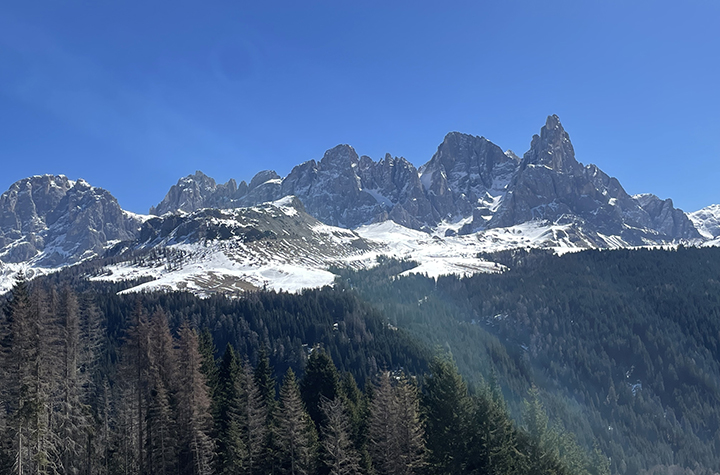Media release
From:
A ground breaking international study has revealed spruce trees not only respond to a solar eclipse but actively anticipate it by synchronising their bioelectrical signals hours in advance into a cohesive, forest-wide phenomenon.
The discovery, published in the journal Royal Society Open Science, shows older trees exhibit a more pronounced early response, suggesting these ancient sentinels retain decades of environmental memory and may use it to inform younger trees of impending events.
This study adds to the emerging evidence that plants are active, communicative participants in their ecosystems, capable of complex, coordinated behaviours akin to those seen in animal groups.
The lead authors are Professor Alessandro Chiolerio of the Italian Institute of Technology and University of the West of England, and Professor Monica Gagliano from Southern Cross University, Australia.
“This study illustrates the anticipatory and synchronized responses we observed are key to understanding how forests communicate and adapt, revealing a new layer of complexity in plant behaviour,” said Professor Gagliano.
“Basically, we are watching the famous ‘wood wide web’ in action!”
Using custom-built, ruggedised low-power sensors deployed across a forest in the Dolomites (Italy), the interdisciplinary team—comprising experts from Italy, the United Kingdom, Spain, and Australia—recorded simultaneous bioelectrical responses from multiple trees.
Their analysis demonstrates that individual trees’ electrical activity became significantly more synchronised before and during the eclipse, indicating that trees function as a unified living system that coordinates its response to external events.
“By applying advanced analytical methods—including complexity measures and quantum field theory—we have uncovered a deeper, previously unrecognised dynamic synchronisation not based on matter exchanges among trees,” said Professor Chiolerio.
“We now see the forest not as a mere collection of individuals, but as an orchestra of phase correlated plants.”
Professor Gagliano said the findings support calls for the preservation of wise old trees.
“The fact that older trees respond first — potentially guiding the collective response of the forest — speaks volumes about their role as memory banks of past environmental events.
“This discovery underscores the critical importance of protecting older forests, which serve as pillars of ecosystem resilience by preserving and transmitting invaluable ecological knowledge,” said Professor Gagliano.
Adding to its global impact, this pioneering research is set to be featured in an upcoming feature-length documentary, Il Codice del Bosco (The Forest Code), set to release in May 2025 in Italy. For a glimpse into this fascinating study, watch the official trailer: https://vimeo.com/1065299976
Multimedia






 Australia; International; QLD
Australia; International; QLD



